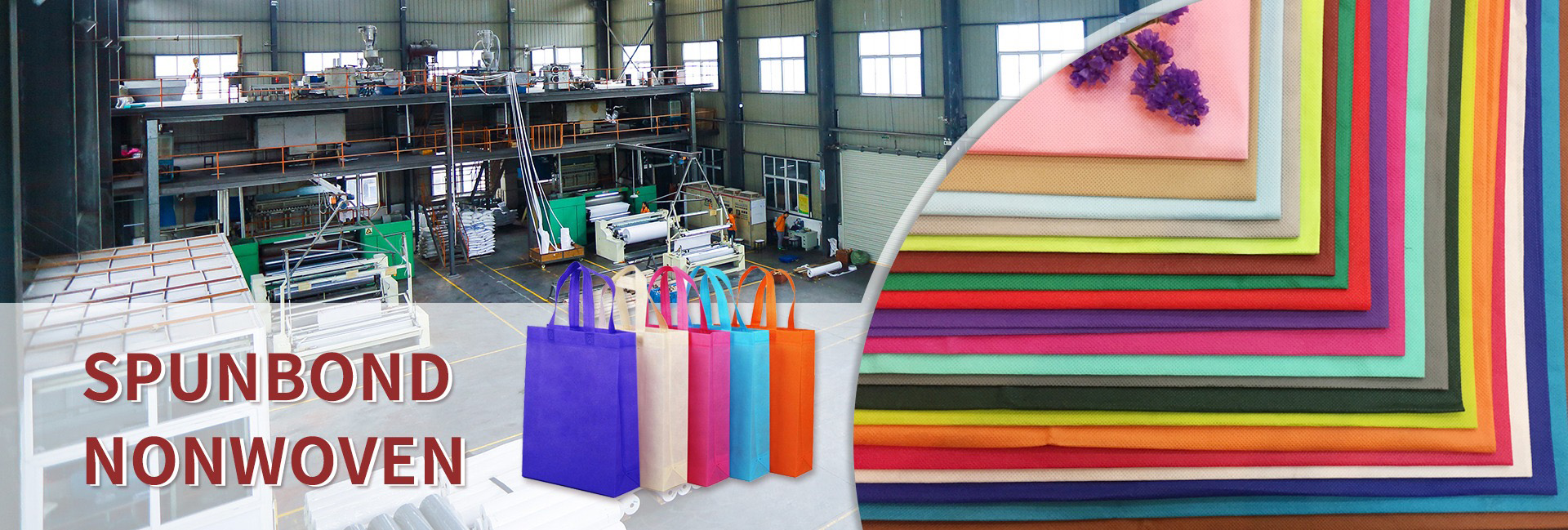In today’s cutthroat industrial environment, accuracy and efficiency are critical. As a result, producers in many industries are always looking for components and materials that fulfill precise requirements, cut down on waste, and improve performance. Introducing die-cut nonwoven sheets, a flexible and ever more and more essential option. Custom die-cut nonwoven sheets provide unmatched benefits for companies that require certain sizes, shapes, and material qualities. Custom die-cut nonwoven sheets are tailored to meet precise functional, dimensional, and aesthetic requirements across industries. By combining material science, advanced cutting technologies, and application-specific design, manufacturers can optimize performance for everything from medical devices to automotive components. Below is a guide to designing the ideal solution:
Key Design Considerations
| Factor | Details |
|---|---|
| Material Selection | Choose nonwovens (spunbond, meltblown, SMS, etc.) based on properties like strength, porosity, chemical resistance, or absorbency. |
| Shape Complexity | Intricate geometries (e.g., tabs, vents, gaskets) demand precision tooling (laser dies, rotary cutters). |
| Tolerances | ±0.25mm for medical/filtration applications; ±0.5mm for industrial uses. |
| Edge Quality | Clean, fray-free edges via ultrasonic cutting or laser systems for delicate fabrics. |
| Volume & Scalability | High-speed rotary die-cutting for mass production vs. kiss-cutting for prototypes. |
Die-Cutting Technologies
- Steel-Rule Dies: Cost-effective for simple shapes and medium volumes.
- Rotary Die-Cutting: High-speed, consistent cuts for complex geometries (e.g., multi-layer laminates).
- Laser Cutting: No-touch process for ultra-fine details (≤0.1mm precision) and heat-sensitive materials.
- Ultrasonic Cutting: Seals edges while cutting, ideal for meltblown or SMS composites to prevent fraying.
Example: A medical face mask requires laser-cut meltblown layers with sealed edges to maintain filtration efficiency and prevent fiber shedding.
Overcoming Production Challenges
- Material Handling: Nonwovens with low tensile strength (e.g., hydroentangled fabrics) need tension-controlled unwinding to avoid stretching.
- Multi-Layer Laminates: Ensure adhesion consistency between layers (e.g., nonwoven + film) to prevent delamination during cutting.
- Waste Reduction: Nesting software optimizes sheet layouts to minimize scrap.
- Hygroscopic Materials: Climate-controlled environments prevent moisture-induced expansion/contraction (critical for wood-pulp blends).
Partnering with the Right Converter
Look for converters with:
- Material Expertise: Knowledge of specialty nonwovens (e.g., flame-retardant, conductive).
- Advanced Tooling: Capabilities like servo-driven presses or IoT-enabled quality monitoring.
- Certifications: ISO 13485 (medical), ISO 9001, or industry-specific compliance.
- Prototyping Support: Rapid sample development to test fit, function, and durability.
Case Study: A automotive supplier needed oil-resistant needle-punched nonwoven gaskets with ±0.3mm tolerances. The converter used rotary die-cutting with ceramic-coated blades to handle abrasive fibers and integrated inline vision inspection to reject out-of-spec parts.
Sustainability-Driven Design
- Material Optimization: Thinner gauges or recycled-content nonwovens (e.g., PET-based).
- Adhesive-Free Bonding: Ultrasonic or thermal bonding instead of chemical glues.
- End-of-Life Planning: Biodegradable or recyclable nonwovens (e.g., PLA-based fabrics).
Conclusion
Custom die-cut nonwoven sheets bridge the gap between raw material properties and end-use functionality. By aligning material selection, cutting technology, and quality controls with your industry’s demands, you can achieve:
- Enhanced Product Performance: Precision fits, leak-proof seals, or targeted absorbency.
- Cost Efficiency: Reduced waste, faster assembly, and longer product lifespans.
- Regulatory Compliance: Certifications for medical, automotive, or food-contact applications.
Dongguan Liansheng Non woven Technology Co., Ltd. was established in May 2020. It is a large-scale non-woven fabric production enterprise integrating research and development, production, and sales. It can produce various colors of PP spunbond non-woven fabrics with a width of less than 3.2 meters from 9 grams to 300 grams.
Post time: Apr-12-2025

